Otis Innovation | Elevators and service robots
Need a late-night delivery to your hotel room? Thanks to Otis, a robot is there.
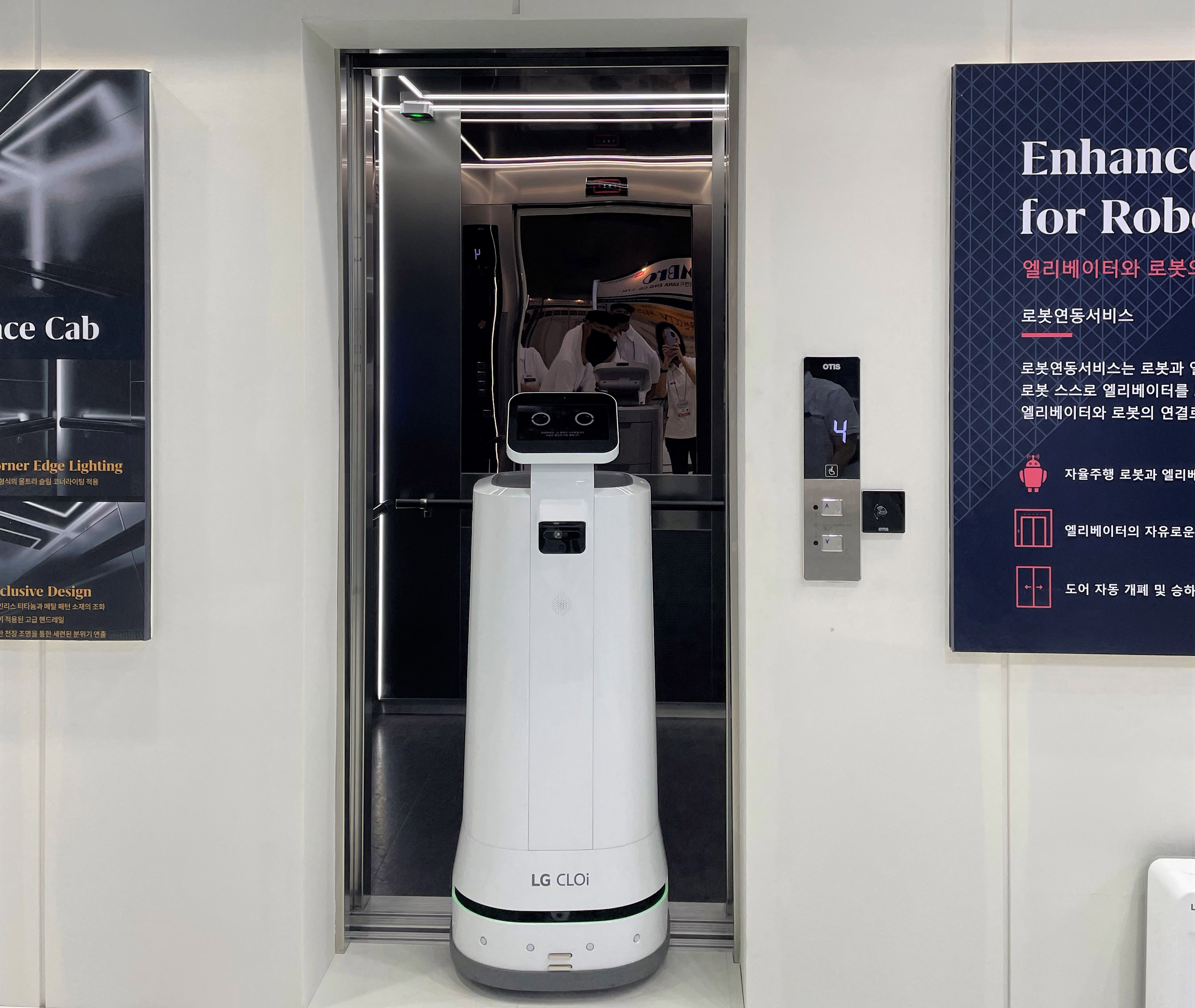
It’s long after midnight but a guest at Hotel Keihan Universal Tower in Osaka, Japan, has a problem. His mobile phone is nearly out of power, and he has lost his charger.
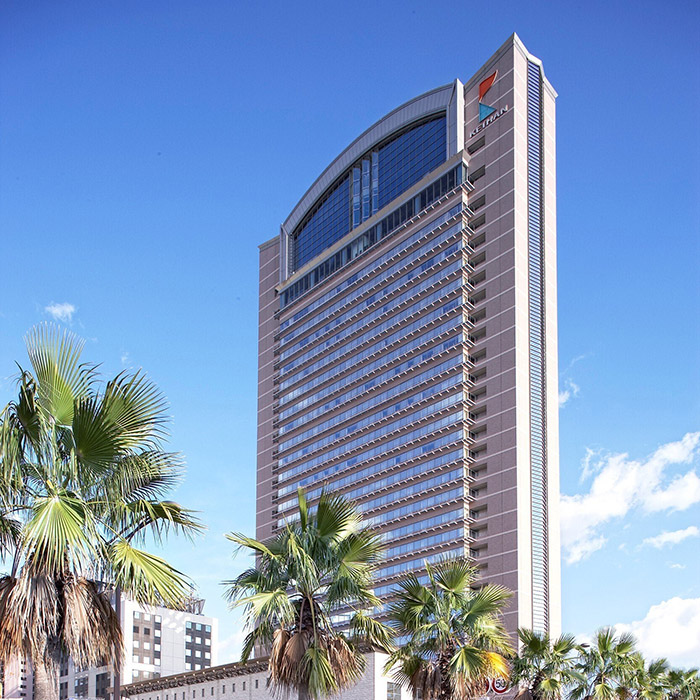
Fortunately, a call to the reception desk brings a quick response. A charger will be sent immediately to his room on Level 10.
Just over a year ago such a request would have been a challenge during the night shift, when few staff are on duty. Today, the hotel has a ready pool of 24/7 service robots. Certain guest requests can be fulfilled in minutes – safely and quietly – at any time of day or night.

The hotel can receive up to 60 requests for delivery service to guest rooms on a busy night and this could pose a staffing challenge. Service robots have been helping to supplement the labor force for duties such as deliveries, cleaning and disinfecting, and conducting security rounds – so staff can be freed up for higher-value tasks.
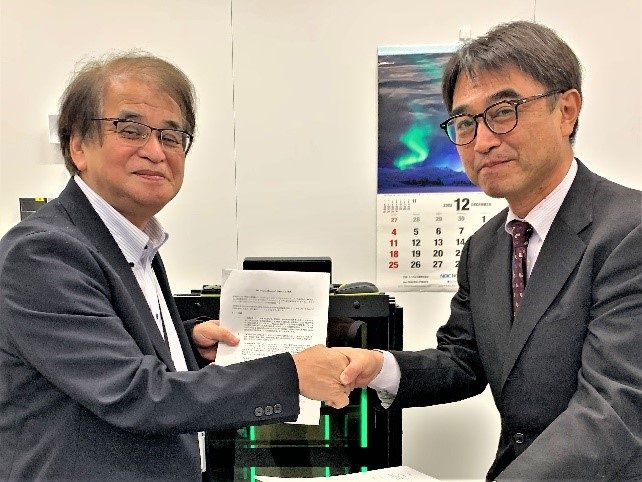
Since last year, Nippon Otis Elevator Company (Japan) has used Otis Integrated Dispatch (OID) technology to collaborate with robotics provider AIM Technologies, to integrate its elevators with robots, via cloud, at the hotel. The robots can call elevators, select their destination, enter and exit the car, and deliver goods to guests without any need for human intervention.
Hotel deliveries are just one of many significant uses for robots across industries today.
With this seamless integration with elevators, robots are ready for use in hospitals, pharmaceutical research facilities, start-up ventures, conducting security patrol in commercial high-rise buildings and deliveries in residential buildings – accelerating their adoption and expanding their impact.
Why integrating elevators with robots is crucial in Asia Pacific
Using robots to make deliveries is gaining popularity in many Asian cities. This trend is attributed to an aging workforce and the Covid-19 pandemic, which accelerated the demand for contact-less services.
Robots possess the potential to enhance workforce efficiency. They are already being utilized in factories and manufacturing sites. Moreover, robots can perform hazardous or physically demanding tasks like cleaning, sterilization and security, making them a valuable addition to numerous industries and jobsites.
How Otis facilitates elevator-robot integration
The Otis Integrated Dispatch technology is compatible with most Otis commercial elevators manufactured since the 1990s. OID is an Application Programming Interface (API), intended to work with any brand or model of robot capable of using APIs.
As a software-based solution, OID works at the elevator group or bank level, allowing more flexibility to connect robots to multiple elevators. Around the world, OID is already enabling different types of robots from various providers – with Japan, Korea and Singapore at the center of this fast-growing trend.

It is now possible to integrate a robot with an elevator that was installed some 30 years ago. This proves that Otis is constantly innovating our design such that our products can serve new purposes, even after three decades. We provide new services and new value to our customers.

Seongho Jeon, Manager, Engineering, Otis Korea, added, Otis ensures that robots and elevators use a common protocol, which means they can be easily integrated.
OID provides flexibility and scalability that give it an edge over conventional, hardwired robot-elevator integrations.
The OID protocol is compatible with the recently released Robot-Elevator Linkage Interface Definition standard that was developed by the Robot Revolution and Industrial IoT Initiative Council (RRI).
RRI was established by Japan’s Ministry of Economy, Trade and Industry in 2019 as one of the initiatives of the Robotics for Social Transformation Promotion Plan.
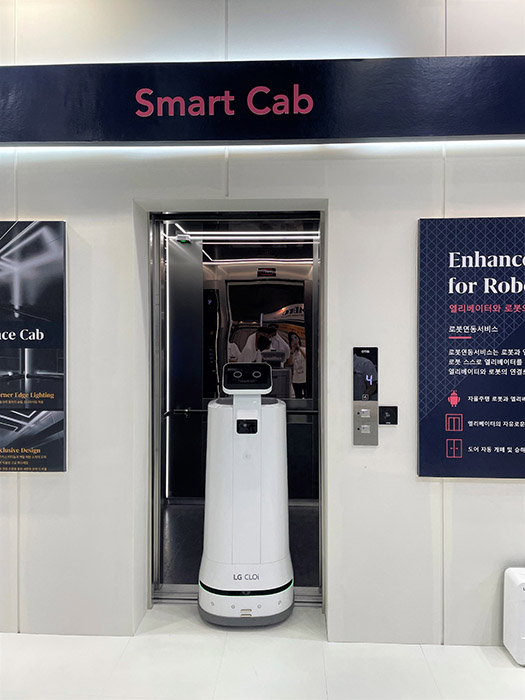
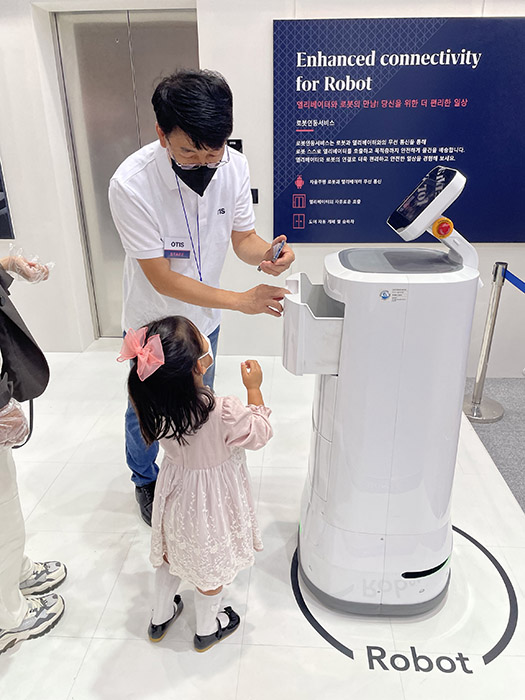
Showcasing how autonomous robots integrate with Otis elevators at an exhibition in Seoul.
In South Korea, the government has announced that robot-related industries will be the core of the 4th Industrial Revolution and key to sustainable growth of its economy. They have pledged to facilitate the expansion of robotics businesses.
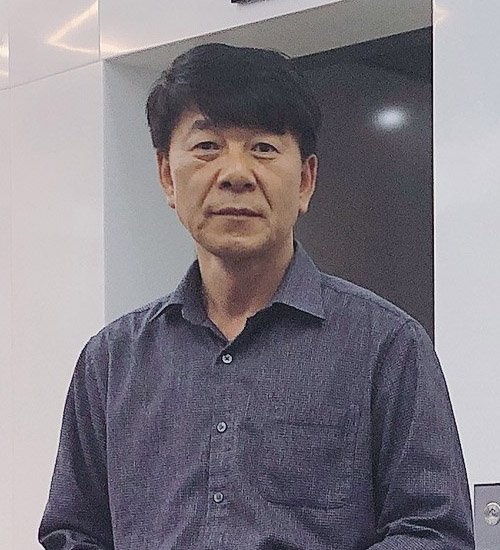
He said, In the elevator new equipment market, robot interface services offerings are expected to become a decisive factor for customers’ choice. Therefore, forging strategic alliances with various platform partners will be the key to sustainable growth.
Otis Korea is already expanding its inter-working services between elevators and autonomous robots in various commercial and medical facilities, operated by several local companies.
